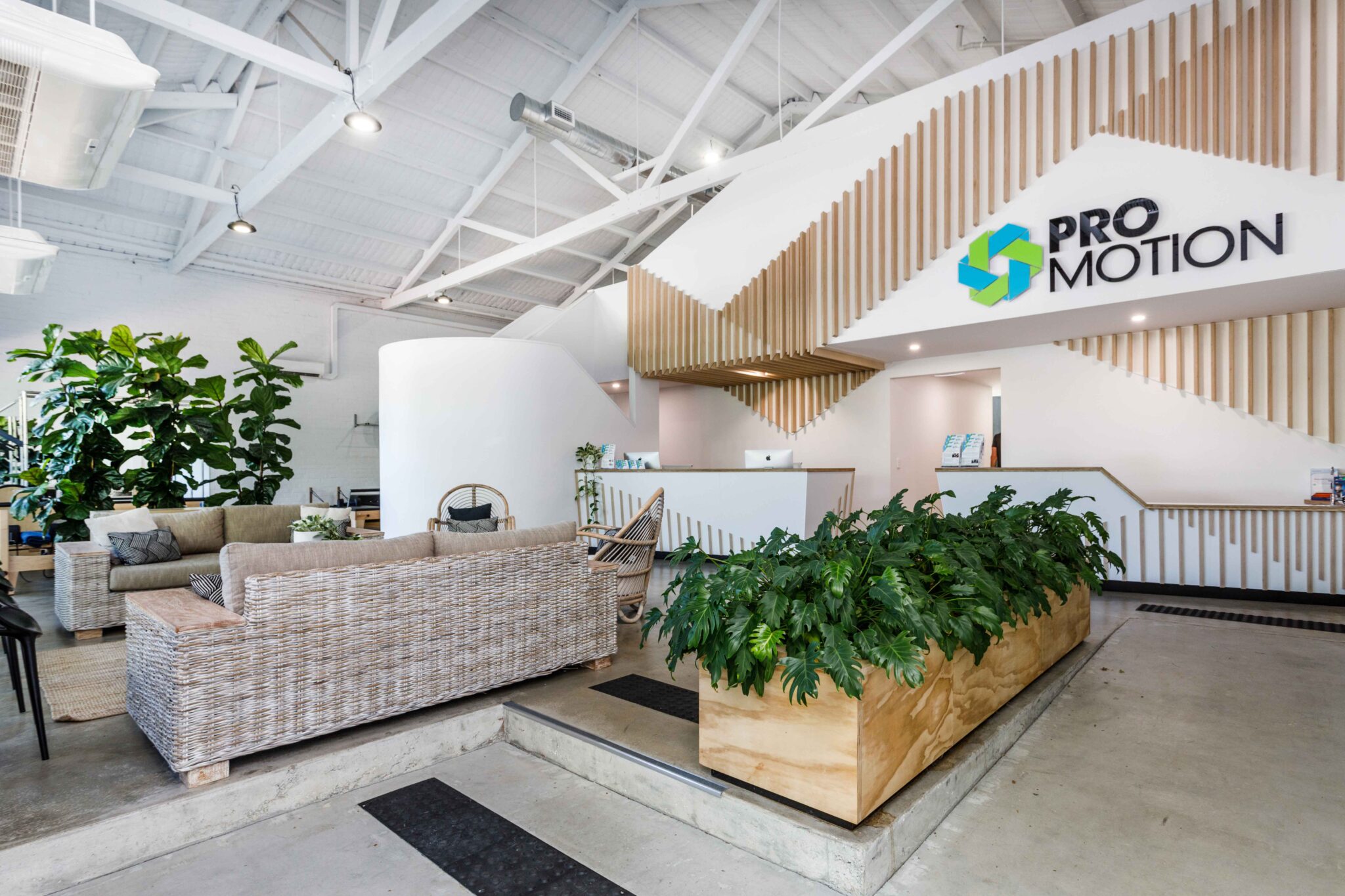
Knee pain is a common presentation in the adolescent population. Any kind of knee pain is described as being traumatic (associated with a particular event) or A-traumatic (onset without a distinct mechanism of injury). Adolescent knee pain is common and has been linked to altered control of the lower limbs due to growth. Children aged between 11-17 years of age are most likely to have knee pain occur at this age. During this stage of development, knee and hip mechanics change due to growth and can alter loading patterns throughout the body. Due to this, the knee is commonly a site in which pain is associated with this change.
A common a-traumatic adolescent knee condition is Osgoods- Schlatters Disease(OSD). OSD is the result of strain on the quadriceps tendon and leads to avulsion of the tibial tubercle (can lead to a visible bump below the knee). Symptoms associated with Osgood-Schlatter disease is knee pain and swelling below the patella. Pain can sometimes be severe enough to cause a limp and impair function day to day. Patients typically report pain with stairs, prolonged days with standing and kneeling on the effected knee. OSD typically effected girls from the age of 8-13 and boys 10-15 years.
Treatment of Osgood-Slatters Disease by a physiotherapist has numerous components and is typically guided by individual pain levels. These strategies include:
Traumatic knee pain is associated with a particular mechanism of injury. These particular injuries commonly occur whilst playing sports. Traumatic injuries typically can cause ligament instability.
There are 4 major ligaments (ACL, PCL, MCL, LCL) and the meniscus that work to stabilise the knee. Sports with a high volume of change of direction related activities are associated with injuries to such ligaments, these are demonstrated below:
Physiotherapists are often the first to assess traumatic knee injuries, particularly sporting related ones. At PROmotion, as physiotherapists, we are trained to assess each ligament of the knee individually and are able to make decisions regarding the best treatment process. We typically need to gain a good understanding of how the injury has occurred with having a diligent discussion about the injury. We are then able to assess the knee based on the reporting. We will further assess the level of injury that has occurred. Ligament injuries of the body are able to be classified from grade 1-3.
At PROmotion we can manage your child knee injury through the rehabilitation process. Management of any injury will vary based on the degree and level of damage. Acutely we aim to manage swelling and pain levels. Typically, we utilise the RICER protocol: Rest, Ice, Compression, Elevation and Re-Loading for 24-48 hours post injury. It’s important to try and be as active as possible and not to have a prolonged de-loading period of time. Once the pain and inflammation has settled, a graded rehabilitation programme is able to be prescribed by your physiotherapist at PROMotion Health.
References
PROmotion Health © All Rights Reserved 2024
Website by Studio22